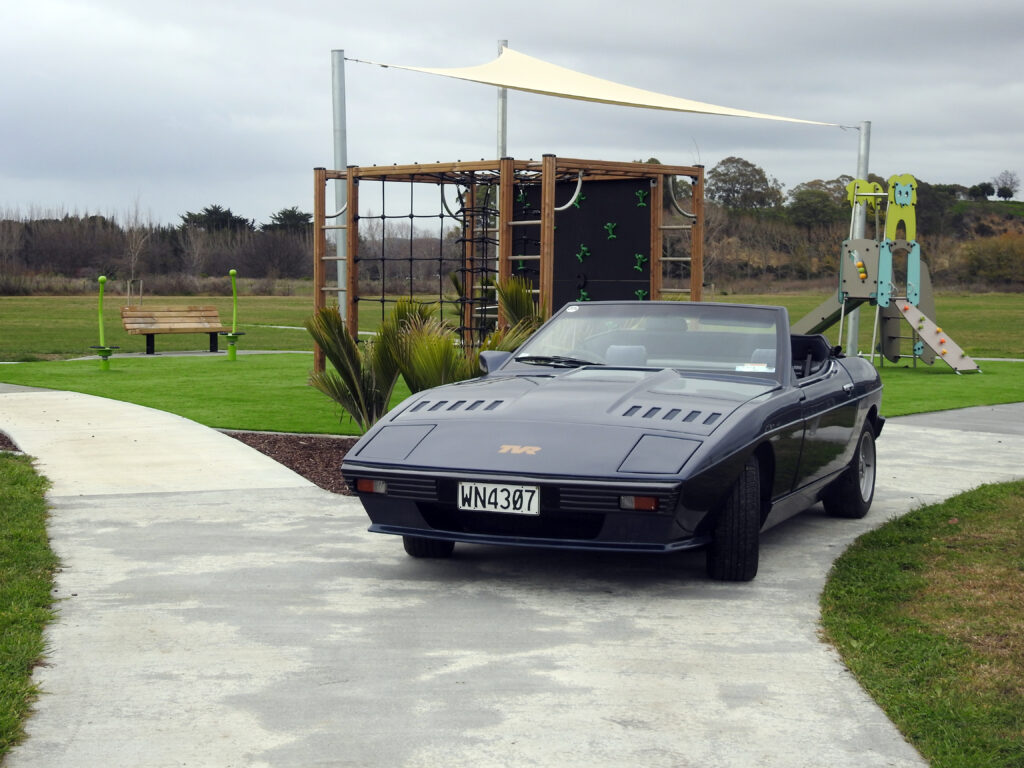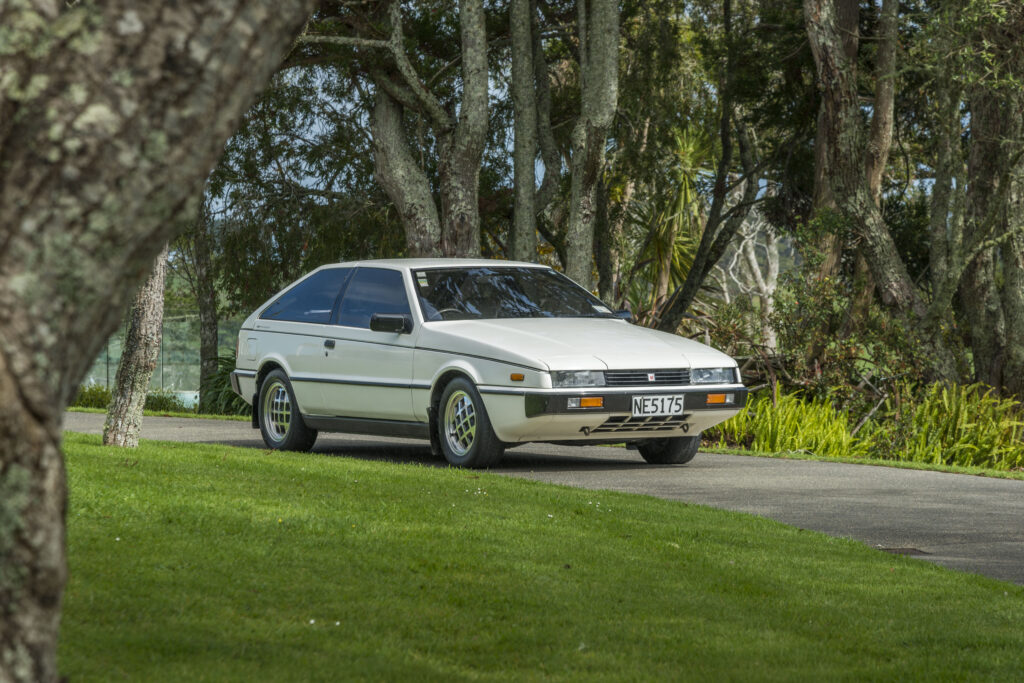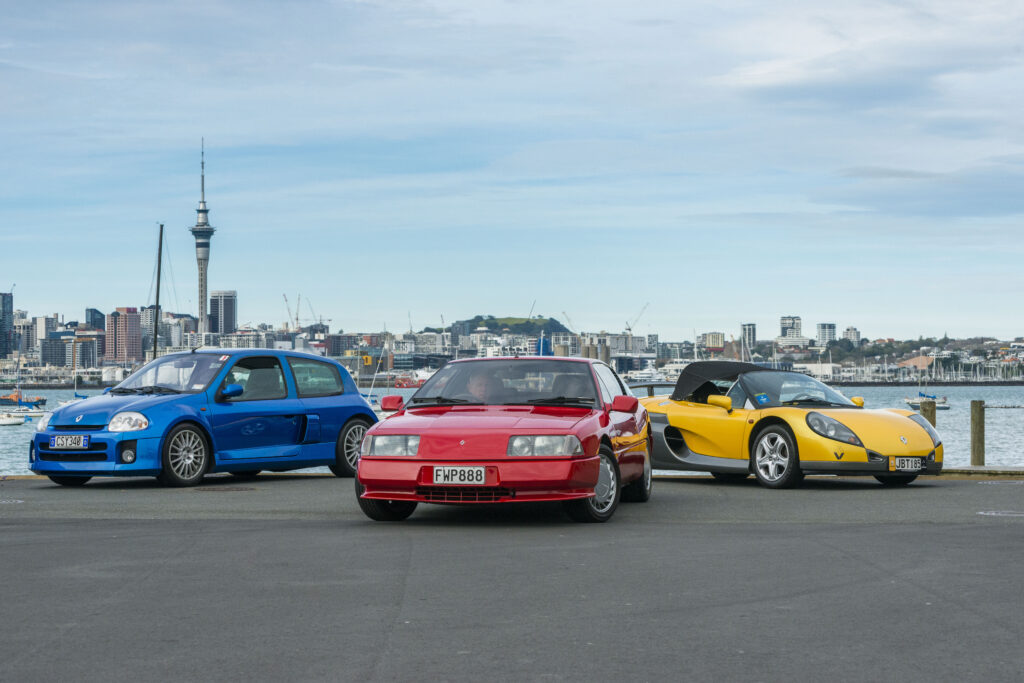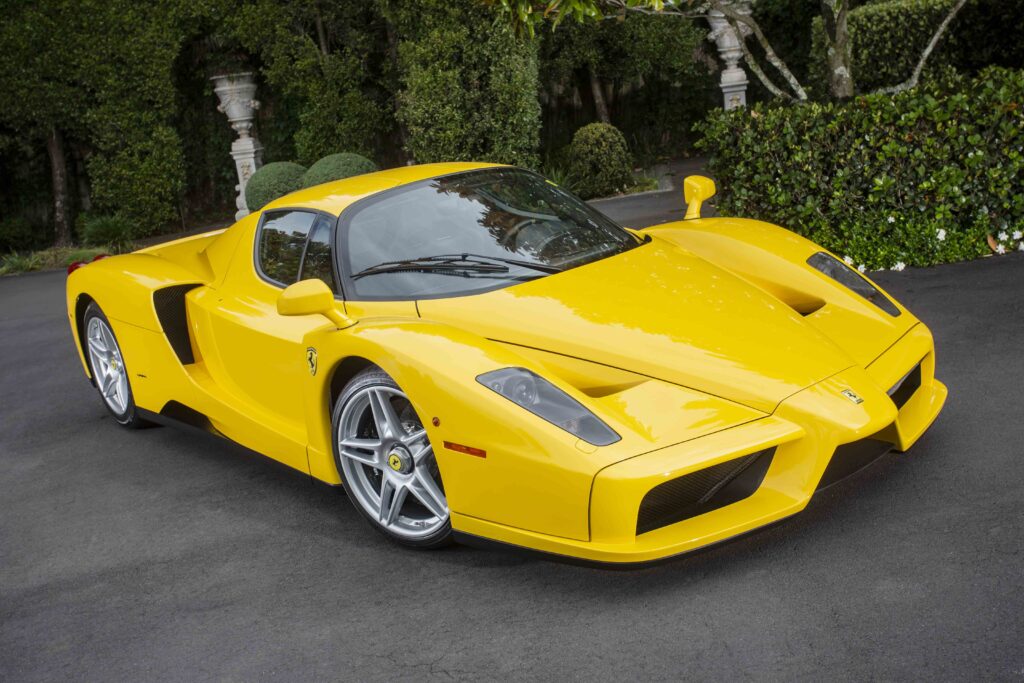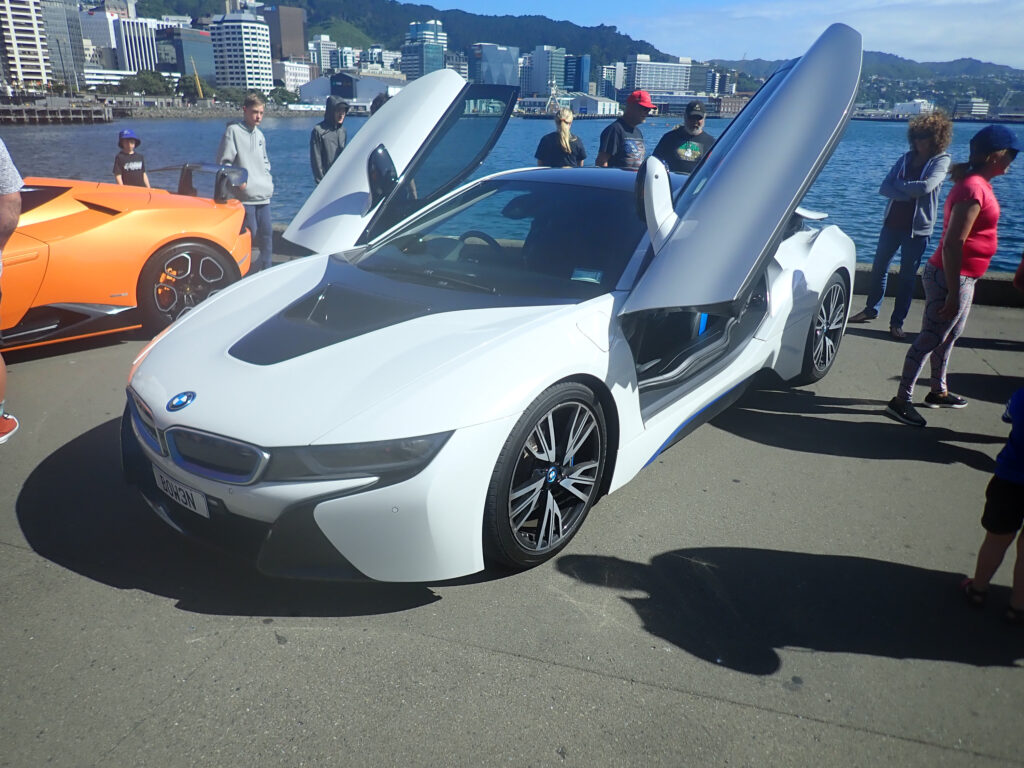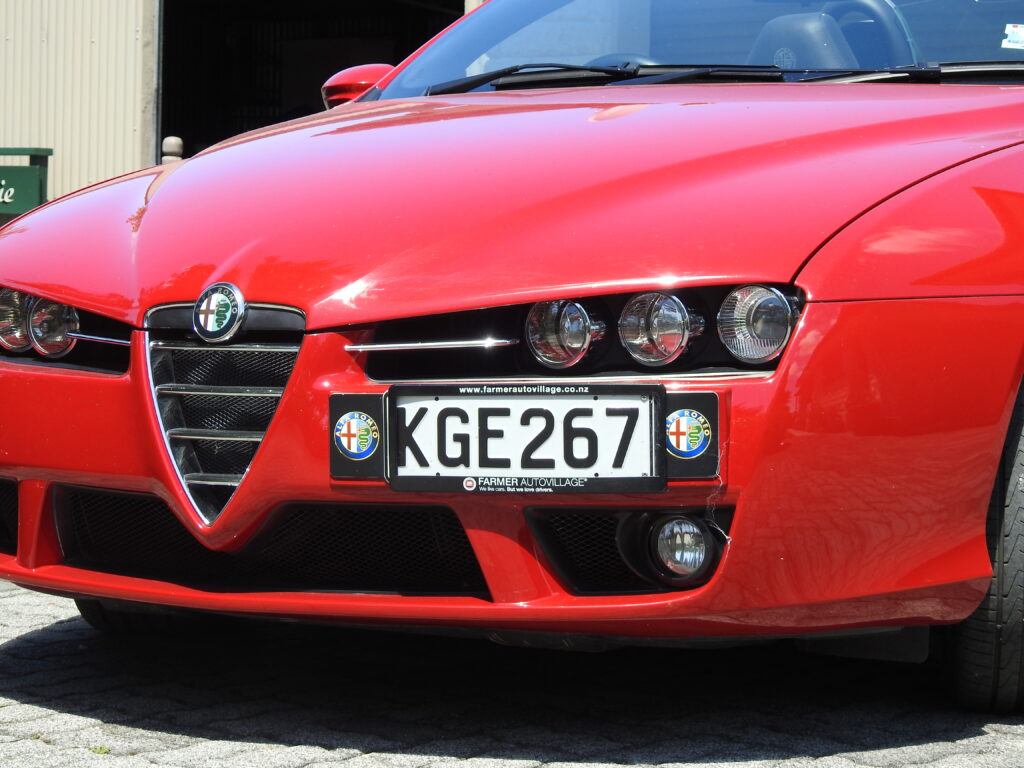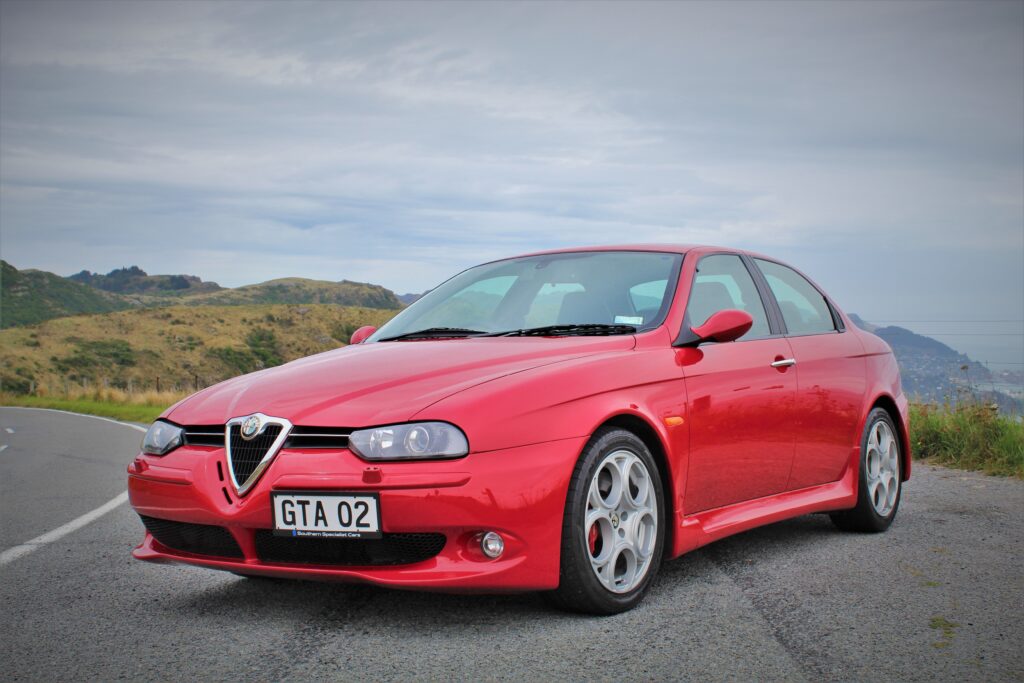
Spicy Italian
When it comes to discussing automotive brands with the habit of getting under your skin, the words Alfa Romeo will be among the first uttered. Alfa enthusiasts, or Alfisti to use the correct term, are some of the most passionate car enthusiasts around. They resonate with the brand’s rare talent for building cars with characterful engines, engaging handling, and beautiful lines at much less than exotic prices. This passion for Alfa’s vast automotive portfolio is only heightened when you mention the letters GTA.
An Alfa with a GTA badge has always been a very special thing. Standing for Gran Turismo Alleggerita, or Lightened Grand Tourer, it is always reserved for the models in Alfa’s range that champion power, light weight, and race car-like dynamics over just about everything else. From the early Series 105 Giulia GTA touring cars, to the latest limited run hardcore GTA rendition of the current Giulia Quadrifoglio saloon, it’s a nameplate with plenty of heritage.

